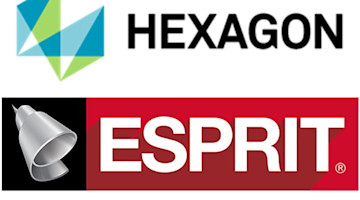Congratulations! You have run a successful company and are beginning to think about the next stage in life. Many business owners in your situation are curious about the value of their (likely) largest personal asset as well as how to maximize that value over the next few years. If selling your business is your ultimate goal, you should understand how a buyer might value your business so you can take any required steps before going through a sales process.
How buyers will value your business.
Buyers will use various ways to value your business. In unique situations, a buyer may take an asset-based approach by looking at the fair market value of the underlying assets. For startup tech companies, the purchase price may be a multiple of revenue. Under conventional wisdom, most valuation approaches will focus on the free cash flow generated by the business with consideration to the risk the buyer must assume for the right to that cash flow stream. Typical financial buyers will use a discounted cash flow analysis or a leveraged buyout model, although these are often approximated as a multiple of the earnings before interest, taxes, depreciation, and amortization (EBITDA) generated by the business. When hearing what other businesses sold for, it is very often a multiple of EBITDA; however, when comparing two identical businesses with the same EBITDA, the business with the lower capital expenditure requirements will be valued higher because it will generate more cash.
The weighted average cost of capital is what a buyer will use to contemplate the risk of generating future cash flows. The lower the cost of capital, the more valuable a business will be. Typically, the least expensive form of capital is bank financing. If a buyer can finance a larger portion of the purchase price with bank financing than with equity, it will increase the value of your business.
Potential buyers will want to project the future cash flow of a business. For automation integrators that are project-based, it is difficult to project cash flows in one to three years; consequently, a goal of a seller in this industry is to show consistent year-over-year growth with the same customers or find a way to have more recurring revenue (e.g., spare parts, service contracts).
Quite a few business owners have discretionary (personal) expenses being paid by the business, and they like to “add-back” those expenses to profitability and cash flows. Buyers will question the validity of those add-backs unless you have very good documentation. Sometimes, it is better to eliminate the add-backs to make the cash flows and EBITDA pure.
How to maximize that value in a short horizon.
By understanding the methodology used by buyers, you can work to enhance the value of your company. As illustrated in the image above, increasing your earnings or reducing the required CAPEX to run your business will increase your valuation. You can further enhance the value of your business by reducing the inherent risk associated with your business, which will result in a lower weighted average cost of capital applied by the buyer. Commonly, closely held private businesses are susceptible to the risks identified below. To the extent you can solve these concerns prior to the sales process, you will better position yourself to realize maximum value for your business.
For automation integrators, a “work in process” is typically one of the largest assets on the balance sheet. You should have good systems and processes in place to be able to value that asset and its corresponding revenue and expenses to ensure your financial statements are accurate month to month.
Consider your buyer.
While it is important to get your business ready to sell and go through a sales process, it is also important to consider each prospective buyer and what that will mean to your business, customers, and employees.
Is the buyer financially sound to fund future seller financing payments (if applicable), support future growth, or weather an industry downturn?
Does the buyer bring operational, financial, or industry expertise?
If the buyer is someone within your industry – a strategic buyer – will they continue to maintain your company legacy and value your employees?
Will the buyer hold your business long-term, or will your customers and employees be going through another transaction in three to five years?
Most business owners pour a majority of their personal resources, both time and money, into their business. It is important to think about succession planning early on to ensure a smooth process and a satisfying outcome. Please remember that when going through the sales process, there will be ups and downs, and competent legal and banking assistance will make the process smoother.





